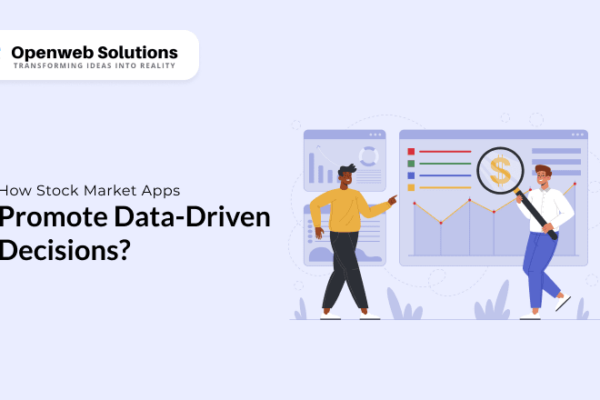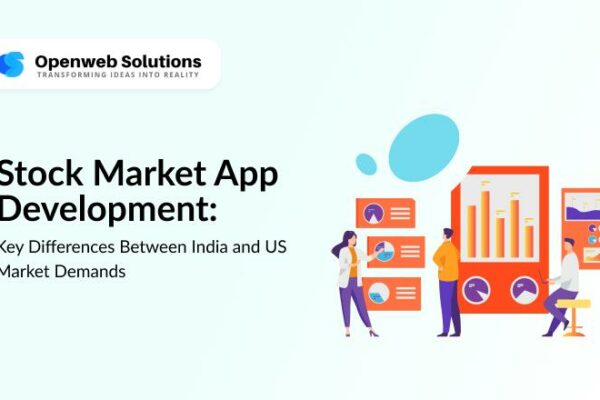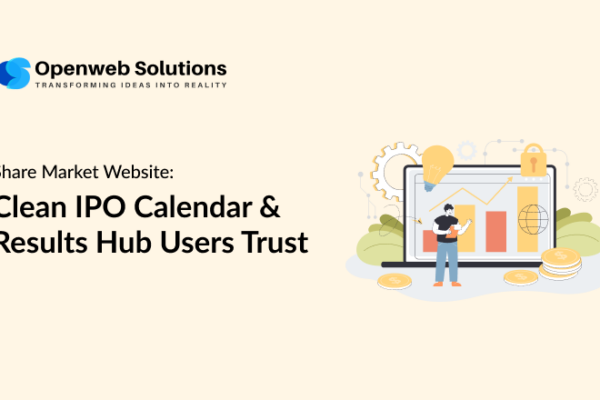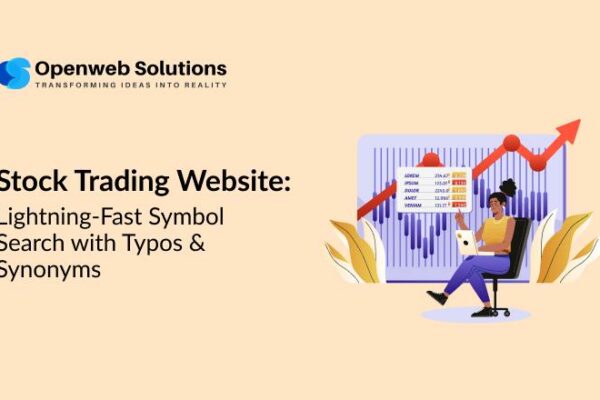Having a stock market app not only makes you go with the trend, but it provides an excellent opportunity for you to grow. With the rise of retail investors and the digitization of financial information, Stock Market App Development has seen a significant popularity. However, building an app is not the only step to succeed; you must learn to monetize it and make it profitable. In this blog, we will deliver some proven strategies to monetize your stock market app.
Strategies For Monetizing Stock Market Apps
1. freemium Model
The freemium model is a popular approach in Stock Market App Development. In this, you get all the basic versions of the app for free, while advanced features are locked behind a paywall. The key is to ensure that the free version is valuable enough to attract users but also entices them to upgrade for a better experience. Premium features might include advanced analytics, real-time market data, personalized investment advice, or ad-free usage. By providing enough value in the free version to attract a large user base, the freemium model can effectively convert a percentage of these users into paying customers over time.
2. Subscription
Subscriptions are a reliable revenue stream. Many Stock Market Software Development Companies can integrate monthly or annual subscription plans in apps. Subscription services can include access to premium investment research, real-time stock alerts, and professional-grade charting tools. Recurring subscriptions provide a steady and predictable revenue stream, ensuring long-term financial stability for your app. Moreover, regularly updated features and content can keep users engaged and subscribed, enhancing user retention.
3. In-app purchases
In-app purchases are another effective way to monetize your stock market app. This strategy involves selling additional features or content within the app. For instance, users might purchase additional stock market courses, detailed reports on specific stocks, or advanced tools for technical analysis. This approach offers flexible revenue generation, allowing users to pay for only the features they need, and can significantly enhance the user experience by providing targeted enhancements.
4. Advertisements
Integrating advertisements is a common monetization strategy in Stock Market Software Development. By displaying ads within the app, you can generate revenue based on impressions or clicks. It’s important to find the right equilibrium with how often ads appear so that it doesn’t interfere too much with how users enjoy the platform or website. When done correctly, ads can provide a steady income without affecting user satisfaction. Utilizing various ad formats such as banner ads, interstitial ads, or native ads can optimize revenue and maintain a non-intrusive presence within the app.
5. Affiliate Marketing
Affiliate marketing involves partnering with financial service providers and earning a commission for each user who signs up for their services through your app. This can include brokerage accounts, investment advisory services, or other financial products. Affiliate marketing can supplement other monetization strategies, creating a win-win situation for both your app and the service providers. It allows you to generate additional revenue while offering users valuable financial services and products.
6. Data Monetization
Stock market apps collect vast data on user behaviour and market trends. This data can be anonymized and sold to interested third parties such as financial institutions or market research firms. Financial data is precious and can command a high price, providing a lucrative revenue stream. Additionally, data monetization is non-intrusive, as users’ experience is not affected when data is anonymized and securely handled, ensuring privacy and compliance with data protection regulations.
7. White Label Solutions
White-label solutions are a popular strategy. Many Stock Market Website Development Companies offer white-label solutions. White-label solutions allow businesses to rebrand and resell a product or service developed by another company as their own. This involves licensing your app’s technology to other companies who can rebrand and resell it. Licensing fees from white-label solutions provide a steady income, enhancing your app’s profitability.
Conclusion
Monetizing a stock market app requires a strategic approach that balances user experience with revenue generation. By implementing a combination of these strategies, you can maximize your app’s profitability while providing users with valuable services and features. Successful Stock Market App Development doesn’t end with launching the app; it involves continuous optimization and adaptation to meet market demands and user expectations. Investing time and resources into effective monetization strategies can make your stock market app generate huge revenue and stand out.
The FAQ’s.
FAQ 1: What is the freemium model in stock market app development?
A1: The freemium model offers a basic version of the app for free, while advanced features are available for a fee. Users can access essential functionalities without charge but may choose to upgrade for premium features such as advanced analytics, real-time data, or personalized advice.
FAQ 2: How do subscriptions benefit a stock market app?
A2: Subscriptions provide a steady revenue stream by offering users access to premium content and features for a recurring fee. This can include services like investment research, stock alerts, or professional-grade tools. Regular updates and engaging content help retain subscribers, ensuring long-term financial stability for the app.
FAQ 3: What are in-app purchases in the context of stock market apps?
A3: In-app purchases allow users to buy additional features or content within the app, enhancing their experience. This may include purchasing stock market courses, detailed reports on specific stocks, or advanced technical analysis tools. In-app purchases offer flexibility for users to pay for only the features they need while generating revenue for the app.
FAQ 4: How can advertisements be effectively integrated into a stock market app?
A4: Integrating advertisements into a stock market app can generate revenue based on impressions or clicks. To maintain a positive user experience, it’s essential to balance ad frequency and utilize various formats such as banner ads, interstitial ads, or native ads. When implemented correctly, ads can provide a steady income without disrupting user satisfaction.
FAQ 5: What is data monetization in the context of stock market apps?
A5: Data monetization involves selling anonymized user behaviour and market trend data to interested third parties such as financial institutions or market research firms. This data, collected by the app, can be highly valuable and provide a lucrative revenue stream without compromising user privacy. Data monetization is non-intrusive and compliant with data protection regulations.
Partha Ghosh is the Digital Marketing Strategist and Team Lead at PiTangent Analytics and Technology Solutions. He partners with product and sales to grow organic demand and brand trust. A 3X Salesforce certified Marketing Cloud Administrator and Pardot Specialist, Partha is an automation expert who turns strategy into simple repeatable programs. His focus areas include thought leadership, team management, branding, project management, and data-driven marketing. For strategic discussions on go-to-market, automation at scale, and organic growth, connect with Partha on LinkedIn.






